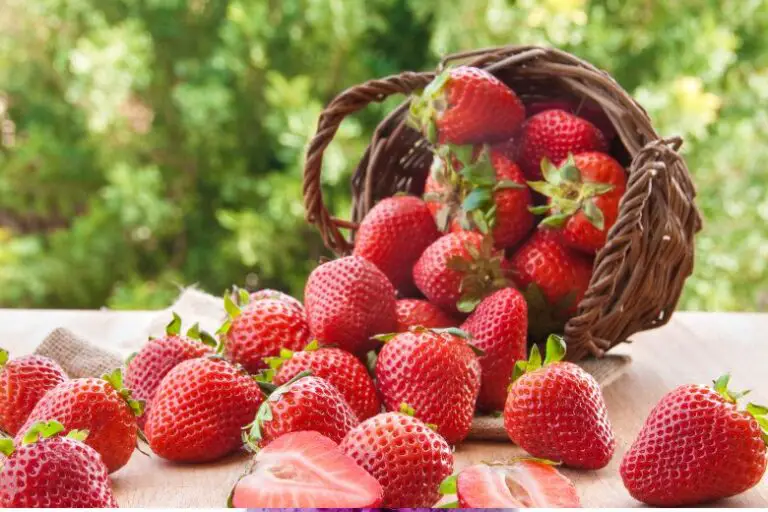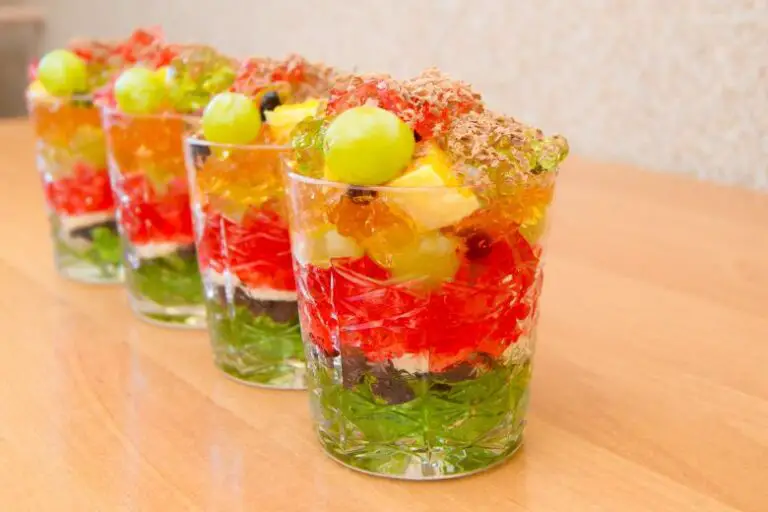How Long Does It Take for a Fig Tree to Bear Fruit
Fig trees are renowned for their sweet and succulent fruits, which have been enjoyed by humans for thousands of years. However, for those planning to cultivate a fig tree, the question of how long it takes for the tree to bear fruit is a common and crucial one.
Understanding Fig Trees
Fig trees, scientifically known as Ficus carica, are deciduous trees that belong to the mulberry family. They are native to the Mediterranean region but are now cultivated in various parts of the world. Fig trees are loved for their lush foliage, and of course, their delectable fruits that come in a variety of flavors and colors.
Fig Tree Varieties and Their Fruit Production Timelines
Different fig tree varieties have varying fruit production timelines. Let’s explore some popular varieties and their timelines
Common Fig (Ficus carica)
The common fig tree is one of the most popular varieties, known for its greenish-yellow skin and pinkish flesh. It typically takes about 1 to 2 years for the common fig tree to bear fruit after planting.
Black Mission Fig
The Black Mission fig tree produces dark purple-skinned fruits with a rich flavor. It usually takes about 2 to 3 years for this variety to bear fruit.
Brown Turkey Fig
The Brown Turkey fig tree produces brownish-purple fruits that are sweet and juicy. This variety may start bearing fruit in about 1 to 2 years.
Kadota Fig
The Kadota fig tree yields green-skinned fruits with a honey-like taste. It generally takes around 2 to 3 years for this variety to bear fruit.
Adriatic Fig
The Adriatic fig tree produces light green fruits that are incredibly sweet. It may take approximately 2 to 4 years for this variety to bear fruit.
Factors Influencing Fig Tree Fruit Production
Several factors play a significant role in determining when a fig tree will bear fruit:
Climate and Growing Conditions
Fig trees thrive in warm and sunny climates. The availability of adequate sunlight and well-draining soil is essential for proper fruit production.
Age of the Fig Tree
Young fig trees take longer to bear fruit than mature ones. It’s common for newly planted fig trees to focus on establishing their root systems before diverting energy to fruit production.
Pruning and Maintenance
Pruning can encourage new growth and enhance fruit production. Regular maintenance, including watering and fertilization, is crucial for the tree’s overall health and productivity.
Pollination
Fig trees can be pollinated through two methods: self-pollination and pollination through fig wasps. Some varieties require fig wasps for pollination, while others are self-pollinating.
Fig Tree Planting and Care Tips
To ensure a successful fig tree harvest, follow these essential planting and care tips:
Choosing the Right Location
Select a sunny and sheltered spot for planting the fig tree. Ensure it has enough space to grow and receive at least 8 hours of sunlight daily.
Proper Planting Technique
Plant the fig tree in well-draining soil, and consider adding organic matter to enrich the soil’s nutrients. Water the tree thoroughly after planting.
Watering and Fertilization
Provide consistent watering, especially during the tree’s early stages. Additionally, fertilize the tree annually with a balanced fertilizer to support growth.
Pest and Disease Management
Monitor the fig tree for pests and diseases regularly. Utilize organic methods or appropriate treatments to protect the tree from potential threats.
The Fig Fruit Development Process
The fig fruit development process involves three key stages:
Flowering Stage
During the flowering stage, tiny flowers develop inside the fig’s fruit. These flowers are unique as they don’t require pollination to produce the fruit.
Fruit Formation Stage
As the flowers mature, the fig fruit begins to develop. The fruit grows in size and starts to soften, gradually changing its color.
Maturation Stage
At this stage, the fig becomes fully ripe and ready for harvest. The fruit’s color intensifies, and it becomes soft to the touch.
Harvesting and Enjoying Fresh Figs
Harvesting figs at the right time ensures the best flavor and texture. Follow these tips for a delightful fig harvest:
Signs of Ripeness
Ripe figs will be slightly soft and yield to gentle pressure. The color of the fruit, depending on the variety, will also change as it ripens.
Harvesting Techniques
Gently pick ripe figs from the tree, making sure not to damage the fruit or the tree’s branches.
Storing Figs
Store freshly picked figs in the refrigerator and consume them within a few days for the best taste and quality.
Frequently Asked Questions
How long does it take for a fig tree to bear fruit after planting?
The timeline for a fig tree to bear fruit after planting can vary between 1 to 4 years, depending on the tree’s age and variety.
Can I speed up the fruiting process of my fig tree?
While you cannot dramatically speed up the process, providing optimal growing conditions, proper care, and suitable pruning can encourage earlier fruiting.
What should I do if my fig tree doesn’t bear fruit?
If your fig tree is not bearing fruit, assess its growing conditions, including sunlight, water, and soil health. Adjust care as needed, and be patient as the tree matures.
Can I grow a fig tree in a container?
Yes, fig trees can be grown in containers, making them suitable for small gardens or balconies. Choose a compact variety and ensure the container has adequate drainage.
Are fig trees self-pollinating?
Some fig tree varieties are self-pollinating, while others require fig wasps for pollination. Understanding your tree’s specific needs is essential for fruit production.
Conclusion
Growing a fig tree and enjoying its delicious fruits can be a rewarding experience. While the time it takes for a fig tree to bear fruit may vary, the effort invested in its care will undoubtedly yield bountiful rewards. With the right planting, care, and patience, you can savor the sweetness of homegrown figs for years to come.







